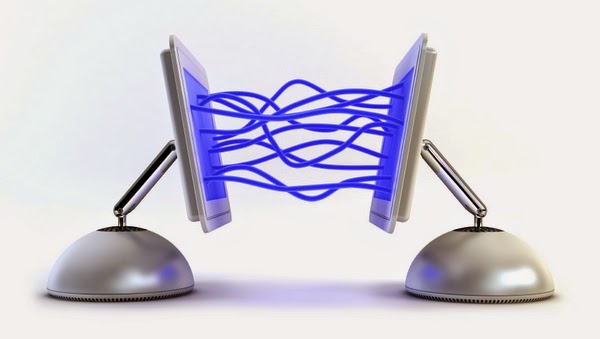Being an employer, you need to
manage and run multiple departments of the business concurrently. Finance and
accounts require more consideration in comparison with other sections of
management. In addition, human resource system and payroll
system should also be intermingled to handle data synchronously and
calculate payroll accurately. The function of payroll is estimation of employee
salaries by deducting all the leaves while including reimbursement and benefits.
Any payroll system you use, must fulfill all the basic to advanced features
that are crucial for the smooth processing of payroll management. Automated payroll
systems give you the opportunity to customize them according to the explicit necessities
of the organization. If you are planning to purchase or exploit outsource
payroll system, you must demand for following critical elements that will
assist you in optimizing business management.
Employee information
Along with basic information about
employee designation title, personal data, probationary time-frame and the holiday
entitlement, payroll system should also be able to hold extensive human resource system details
dynamically. Confirmation of personal details and identity card should also be
accommodated by the payroll system, whereas training, courses and career
information of employee must also be maintained in split sections. Reporting of
leaves, long vacations and multi-pension modules must also be a part of fully
functional payroll system facility.
Payroll leaves
The section of payroll system that
hold the absence records, reasoning, history and analysis reporting should also
be provided separately in order to categorize and filter the leaves on an hourly
basis along with the duration and nature of the leaves. Employee working
profiles, performance details and certifications should be maintained by
recording and reporting modules. It will boost payroll along with procedures of
human resource system in profound environment.
Attendance monitoring
The module that contains the
attendance records of each employee for creating time-sheet is another core element of payroll system of any business. Keeping daily attendance record,
data of overtime along with the details of the work and its priority level, Instructions
and details of work attached to each task assigned to worker in given time,
calculations and deductions of basic salary counting on the work hour record,
all important tasks should be carried out with precision.
Payroll Run and Update
The section of run and update
payroll system manages payroll acquisition based on departments, divisions,
payment levels and frequencies including extra benefits agreed upon by the
employer. It also facilitates you with employee pay assessments and reporting
to keep the system up to date. Payslip generation with diverse settings and
designs can also be availed through this section.
Payroll history maintenance
With all the extensive processes and
complex data-calculations, its eminent to maintain all the logs, records and
history of work done till the date. This part of payroll system should provide
options in selecting which the features that you want to keep in history for
viewing and reporting. Effective record reporting with filtration facility,
analysis and formatting should also be an essential part of the system.


.jpg)


